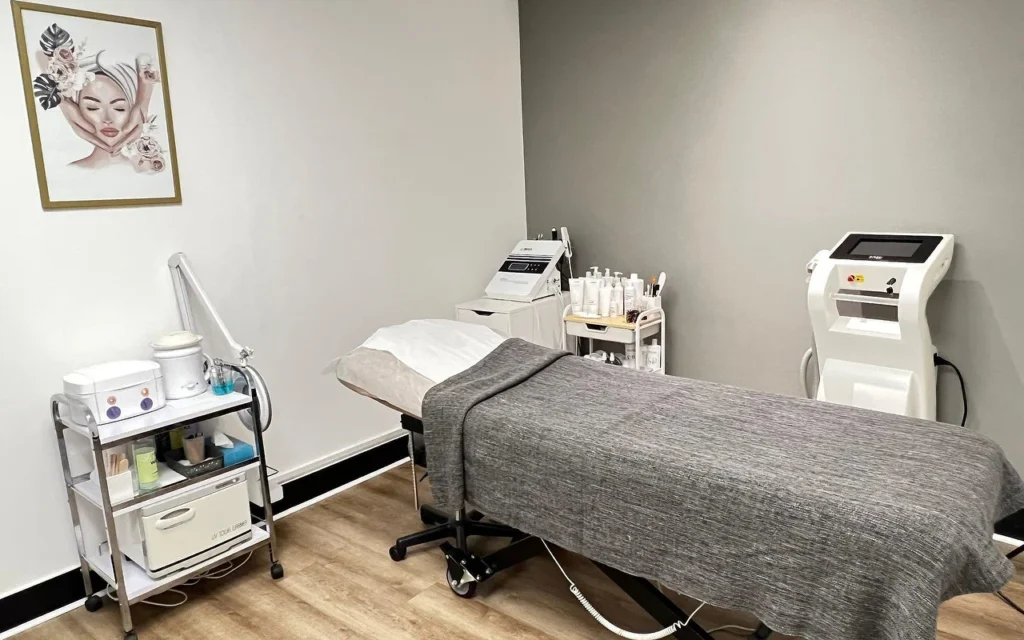Are you dreaming of clear, sharp vision—without the hassle of glasses or contact lenses? LASEK (Laser-Assisted Sub-Epithelial Keratectomy) eye surgery is a safe, precise, and effective alternative to LASIK, especially suited for people with thin corneas or active lifestyles. In Korea, a global hub for advanced eye care, LASEK is performed with cutting-edge laser technology and meticulous attention to safety and patient comfort.
If you’re looking for a gentler alternative to LASIK, LASEK may be the right vision correction solution for you.
What Is LASEK Eye Surgery?
LASEK is a type of refractive laser eye surgery that reshapes the cornea to correct common vision problems such as:
- Myopia (nearsightedness)
- Hyperopia (farsightedness)
- Astigmatism (irregular curvature of the eye)
Unlike LASIK, LASEK does not involve creating a corneal flap. Instead, the thin outer layer of the cornea (epithelium) is gently lifted and replaced after laser treatment. This makes it a safer option for those with thin or irregular corneas, or for individuals at higher risk of eye trauma.
Who Is a Good Candidate for LASEK?
LASEK is especially suitable for:
- Patients with thin or steep corneas (not ideal for LASIK)
- People with active lifestyles (athletes, military personnel)
- Individuals prone to dry eyes
- Those with mild to moderate refractive errors
- Patients seeking a flap-free, low-risk alternative
Your eye surgeon will conduct a thorough exam, including corneal mapping and thickness measurement, to determine if LASEK is your best option.
LASEK vs LASIK: Key Differences
| Feature | LASEK | LASIK |
|---|---|---|
| Corneal Flap | No | Yes |
| Corneal Thickness Requirement | Thinner acceptable | Thicker required |
| Recovery Time | 5–7 days | 1–2 days |
| Pain/Discomfort | Slightly more | Less |
| Risk of Flap Complications | None | Low risk present |
| Ideal For | Thin corneas, active lifestyles | Most common cases |
Why Choose Korea for LASEK Eye Surgery?
Korea is globally renowned for its advanced ophthalmology centers, combining technology, experience, and hospitality to provide top-tier care for both local and international patients.
Advantages of LASEK in Korea:
- 🔬 Ultra-precise laser systems (Wavefront-guided, Topography-guided)
- 🩺 Highly trained ophthalmologists with global reputations
- 💬 Multilingual medical staff and interpreters for foreigners
- 🧪 Customized treatment plans for each patient’s eye shape and vision goals
- 💸 Affordable, all-inclusive packages for medical tourists
- 🏥 Clean, high-tech facilities with world-class safety standards
The LASEK Procedure: Step-by-Step
- Comprehensive Eye Exam
Advanced diagnostic tests determine your eligibility and create a custom treatment plan. - Preparation
Numbing eye drops are applied to ensure a pain-free experience. - Epithelium Removal
The outer layer of the cornea is loosened with a diluted alcohol solution and gently lifted. - Laser Reshaping
A precision excimer laser reshapes the underlying corneal tissue to correct your vision. - Epithelium Repositioning & Protection
The epithelial layer is gently moved back into place, and a soft bandage contact lens is applied to aid healing.
Recovery and Aftercare
- 🌙 Initial healing time: 5–7 days (with protective contact lens)
- 👁️ Vision improvement: Gradual over 1–2 weeks
- 💧 Mild discomfort, sensitivity to light, and tearing are normal during early recovery
- 📅 Full stabilization of vision may take 4–6 weeks
Aftercare Tips
- Use prescribed eye drops regularly
- Wear sunglasses outdoors to protect healing eyes
- Avoid swimming, eye makeup, and rubbing your eyes for at least 2–3 weeks
- Attend all follow-up appointments for optimal recovery
Results and Long-Term Outcomes
Most patients achieve 20/20 or better uncorrected vision within a few weeks. LASEK offers stable, long-term correction of refractive errors with minimal risk of complications. It’s especially reassuring for those concerned about flap-related issues or corneal strength.
Real Stories: Life After LASEK in Korea
“As someone with thin corneas, I was told LASIK wasn’t right for me. I chose a LASEK clinic in Seoul, and it was the best decision I’ve made. The care was world-class, and now I see perfectly—no glasses needed!”
— David M., 34, USA
Take the Next Step Toward Visual Freedom
If you’re considering vision correction but want a safer, flap-free alternative to LASIK, LASEK offers precision, care, and excellent results—especially when performed in Korea’s top eye clinics.
Schedule Your Personalized LASEK Consultation in Korea
Ready to see the world clearly and confidently? Contact us today to arrange your comprehensive eye exam and consultation with one of Korea’s leading vision correction experts.




